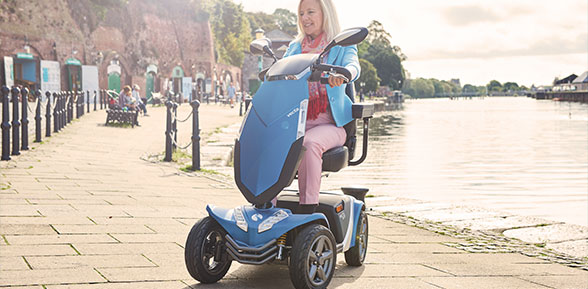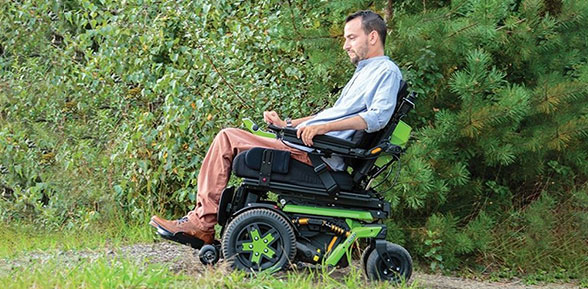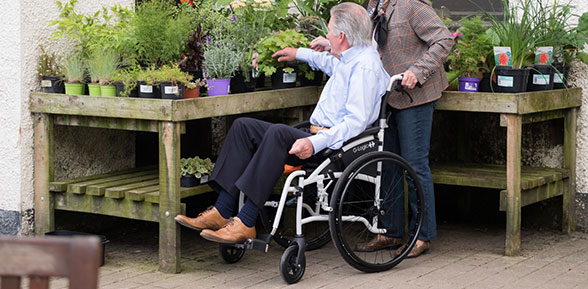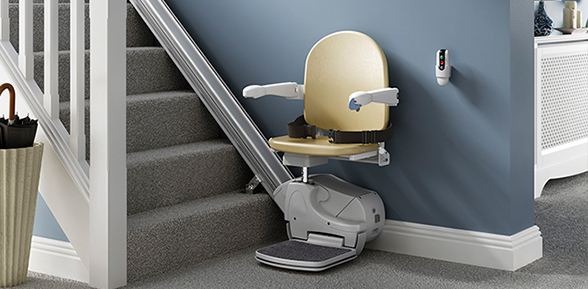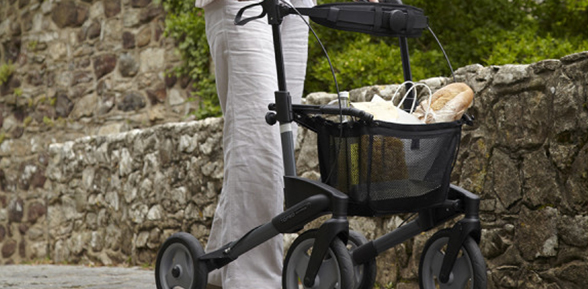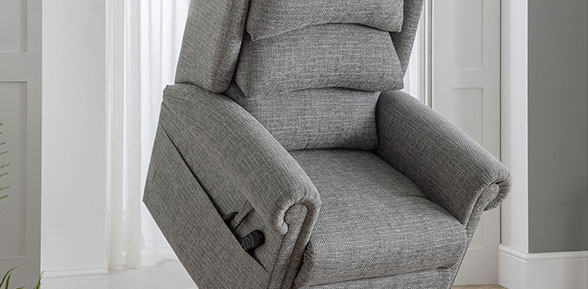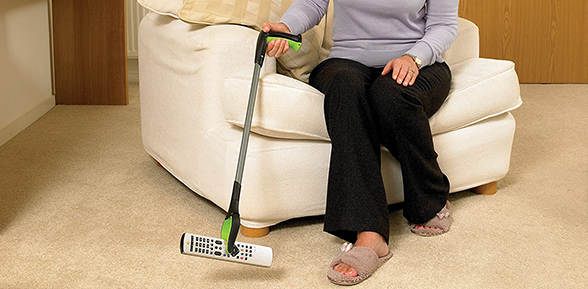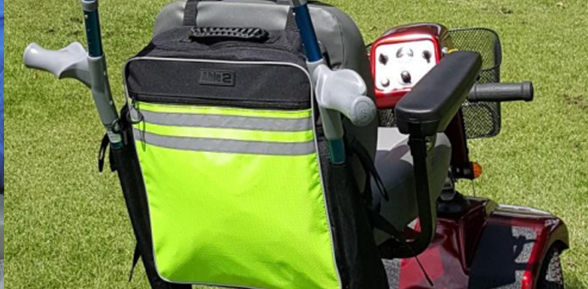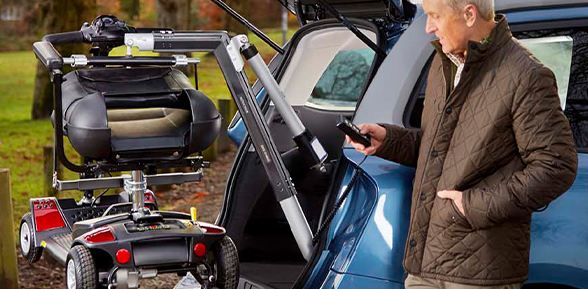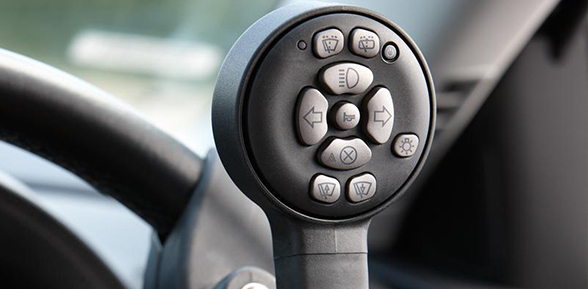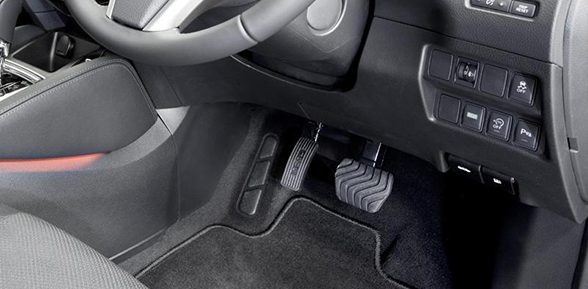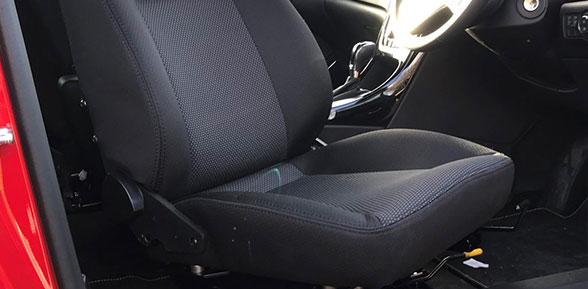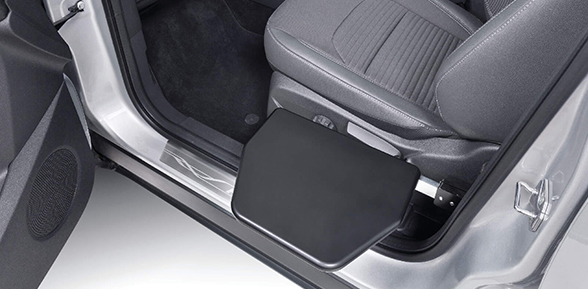Living with Multiple Sclerosis (MS) can be unpredictable, and as your needs change, your home needs to adapt to support you. You deserve a space where you can move around safely and comfortably without struggle. With the right modifications, you can make your home a place that truly works for you, helping to maintain your independence and giving you peace of mind.
This guide is designed to guide you through simple, effective changes that can make everyday life easier. Whether you’ve been living with MS for a while or are just starting to notice new mobility challenges, there are plenty of options to help you stay safe, comfortable, and in control in your own home. Let’s take a look at some of the best ways to make your living space work for you.
Adjustments for Wheelchairs
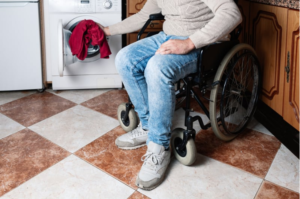 The front door is the main way in and out of your home, but it can be a challenge if you have trouble with balance, fatigue, or mobility. Steps, narrow doorways, and heavy doors can all make getting in and out more difficult than it should be.
The front door is the main way in and out of your home, but it can be a challenge if you have trouble with balance, fatigue, or mobility. Steps, narrow doorways, and heavy doors can all make getting in and out more difficult than it should be.
A simple but life-changing adjustment is installing a ramp. Whether it’s a small threshold ramp to smooth out a step or a longer one leading up to your front door, this can eliminate a major barrier to accessibility.
If you have stairs inside your home, a stairlift can make a huge difference. It helps you move between floors safely and easily, so you don’t have to worry about the risk of falling. With a stairlift, you can go up and down the stairs without needing assistance, giving you more independence. Whether your staircase is straight or has turns, there are stairlifts designed to fit all types of layouts. Installing one means you can continue to use all areas of your home comfortably without the added stress of navigating stairs.
Doorways can also be an issue, especially if you use a wheelchair or walker. Widening doorways to at least 32 inches can make a huge difference in getting from room to room with ease. Also, swapping traditional round doorknobs for lever-style handles can save you from struggling with grip strength.
If you use a wheelchair, you know how frustrating it can be when there’s insufficient space to move freely. Tight corners, narrow hallways, and cluttered rooms can make getting from one place to another feel like an obstacle course.
In the kitchen, making a few key adjustments can improve accessibility. Lowering countertops, installing pull-out shelves, and choosing touch-operated or lever-style faucets can make cooking and cleaning much easier. A handy grabber tool can also be a great addition, allowing you to reach high or low objects without straining or risking a fall.
Living Room Adjustments
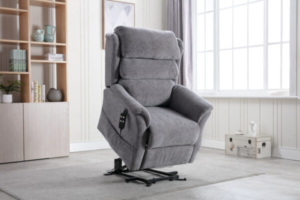 Your living room should be a place where you can unwind and feel at ease, not somewhere you feel frustrated or anxious about getting comfortable or worried about falling when standing up. Making a few thoughtful changes can transform this space into a more comfortable and safer environment.
Your living room should be a place where you can unwind and feel at ease, not somewhere you feel frustrated or anxious about getting comfortable or worried about falling when standing up. Making a few thoughtful changes can transform this space into a more comfortable and safer environment.
One of the best investments is a rise-and-recline chair. These chairs gently assist you when sitting down or standing up, making those movements smoother and reducing strain on your muscles and joints. This can be a game-changer, especially if you struggle with balance or fatigue, as it offers a little extra support during those everyday transitions.
Beyond just the seating, consider the overall layout of your living room. Keep essential items like your phone, remote control, reading glasses, and medications within easy reach so you don’t have to stretch or overextend yourself to grab them. Grabbers can be incredibly helpful in making daily tasks easier, especially when reaching for essential items like remotes, phones, or other objects that might be just out of reach. A grabber is a simple, handheld tool with a claw-like mechanism that lets you extend your reach without having to stretch, bend, or overexert yourself.
Flooring is another important factor. Thick carpets and loose rugs can make it harder to navigate, so switching to smooth, non-slip flooring like textured vinyl or cork can help. If you love rugs, securing them with non-slip backing will keep them from becoming tripping hazards.
Making sure your living room feels safe and accessible doesn’t have to mean sacrificing style or comfort. Even though your life may be changing, your home can still feel like your home. With the right furniture and a little planning, you can create a space that not only supports your well-being but also feels comfortable and familiar.
Bathroom Adjustments
 Bathrooms can be one of the trickiest areas in the home because of slippery surfaces and the physical effort required for tasks like bathing and using the toilet. But with a few simple changes, your bathroom can become a much safer and more comfortable space. These adjustments are about making your home work better for you, so you can continue to feel at ease without giving up on your independence.
Bathrooms can be one of the trickiest areas in the home because of slippery surfaces and the physical effort required for tasks like bathing and using the toilet. But with a few simple changes, your bathroom can become a much safer and more comfortable space. These adjustments are about making your home work better for you, so you can continue to feel at ease without giving up on your independence.
A walk-in tub or wet room shower can make a huge difference for anyone with mobility challenges. Walk-in tubs have a low-entry door, so you don’t have to struggle with stepping over a high tub wall, which can be difficult or even dangerous. This allows you to sit comfortably and soak without worrying about losing your balance. A wetroom takes it a step further, removing all barriers so you can simply roll your wheelchair or walker right in, making it much easier to bathe on your own.
To add another layer of safety, non-slip mats or adhesive strips are a simple addition to both the shower and bathroom floor. These small but important changes help create traction on slippery surfaces, reducing the risk of slips and falls.
For those who have difficulty standing for long periods, a shower stool or bath bench can offer a safe, comfortable way to shower. These stools or benches allow you to sit while you bathe, reducing fatigue and strain on your legs and back. This is especially beneficial if you experience dizziness, balance issues, or fatigue.
When it comes to using the toilet, a raised toilet seat with armrests or a toilet frame can provide much-needed support. A raised seat elevates the height of the toilet, so you don’t have to lower yourself as far when sitting or standing. Additionally, a toilet frame can provide much-needed support when sitting down or standing up, offering something sturdy to grip and making the entire motion much smoother and safer, reducing the risk of losing your balance or straining your muscles.
If getting to your bathroom becomes too difficult, a commode chair can provide a flexible and accessible alternative. These chairs are standalone seats, offering an easier and more convenient way to use the toilet. They come with armrests for extra support and can be adjusted to suit your needs.
With the right modifications, your bathroom can continue to be a place where you feel comfortable and secure—without compromising your ability to enjoy your daily routine.
Financial and Community Resources
Home modifications can be an investment, but there are financial assistance programs available to help. Many national and local organisations offer grants, funding, and support to cover the costs of accessibility upgrades.
One option to consider is the Motability Scheme, which provides people with access to leased powered wheelchairs and mobility scooters. The scheme covers insurance, servicing, and even support with cost, giving you peace of mind while using your equipment. At Able to Enable, we’re proud to be an accredited provider of mobility scooters and powered wheelchairs through the Motability Scheme. The package includes everything you need to stay mobile without worrying about unexpected costs or maintenance.
Consulting with an occupational therapist or mobility specialist can also be incredibly helpful. They can assess your home and recommend specific changes tailored to your needs. Additionally, joining MS support groups can connect you with others who have faced similar challenges and can offer valuable advice on securing financial aid and finding helpful resources.
Able to Enable’s Mobility Solutions
Finding the right mobility solutions can feel overwhelming, but you don’t have to do it alone. We specialise in providing expert advice and high-quality mobility aids, making it easier to find the best products for your needs.
Whether you’re looking for stairlifts, rise-and-recline chairs, commodes, or more, Able to Enable offers a wide range of solutions to improve your accessibility and independence. Our team understands that everyone’s needs are unique, and they will work closely with you to find the right options that fit your home and lifestyle. Having the right equipment can make a huge difference, and knowing you have a trusted team to support you along the way can bring great peace of mind.
Home modifications aren’t just about adapting your space—they’re about giving you confidence, safety, and the freedom to live life on your terms. With the right adjustments, you can continue to enjoy your home with comfort, dignity, and peace of mind.
Get in touch with us today to learn more about how we can help make your home safer and more accessible. Our team is here to answer your questions and point you toward the best solutions for your needs.

